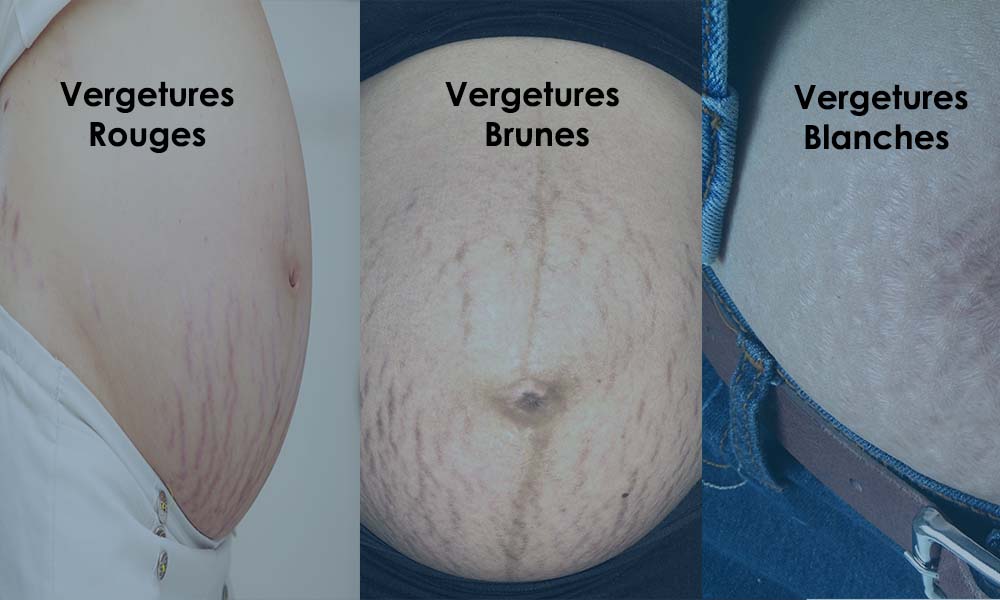Stretch Mark Removal & Treatment
Effective Solutions for White, Brown, Red & Streak-Like Stretch Marks
Before & After: Stretch Mark Treatment Results

Our Approach to Treating Stretch Marks
1
In-depth assessment using advanced imaging to evaluate the stretch mark’s color, depth, and stage (recent or older)
2
Personalized treatment plan based on your skin type and the severity of your stretch marks
3
Start of treatment with ongoing follow-ups to track progress and optimize results
How Do Stretch Marks Form and Why Are Some People More Prone Than Others?
Stretch marks occur when the skin is stretched too quickly, causing the collagen and elastin fibers in the dermis to break. This often happens during periods of rapid growth—such as pregnancy, puberty, or sudden weight gain. Imagine putting on clothes that are too tight: over time, the fabric may tear. The same happens to your skin when the collagen fibers can’t keep up with the expansion.
Collagen is essential for skin strength and elasticity. When it’s disrupted, visible skin tears—known as stretch marks—begin to form.
In addition to weight gain or pregnancy, stretch marks may also result from certain medical conditions like Cushing’s syndrome, which increases cortisol production. Cortisol weakens collagen and makes the skin more prone to tearing.
Athletes or individuals with frequent muscle gain may also experience stretch marks due to elevated cortisol levels.
Hormonal fluctuations during puberty and pregnancy are also major contributors, as they impact both skin elasticity and collagen balance.
Initially, stretch marks appear red, purple, or pink and may feel inflamed. With time, they fade and become pale or skin-colored. In most cases, stretch marks are permanent without treatment.
The most commonly affected areas include:
- Abdomen
- Breasts
- Thighs
- Buttocks
- Arms
- Lower back and legs
Around 80% of women develop stretch marks, and over 50% get them during their first pregnancy.
Common Types of Stretch Marks and What They Mean

Our Approach to Treating Stretch Marks and Cellulite
A thorough analysis of the affected areas allows us to determine the stage, color, width, and depth of your stretch marks. Treating them at an early stage is crucial for the best results.
When stretch marks are red, we can use specialized laser treatments to reduce inflammation and improve their appearance. When they appear brown or dark, we recommend lightening the skin with customized creams and targeted treatments before addressing the stretch marks themselves.
Once stretch marks have faded to white or become striated, deeper, collagen-stimulating techniques are required. These treatments reach up to 5 mm into the skin and use energy-based devices to tighten tissues and remodel the collagen beneath the surface.
Our clinic offers advanced options such as microneedling, fractional laser, Enerjet, and other proven techniques to smooth and improve the texture of stretch marks. By focusing on rebuilding the skin structure at the right depth and combining treatments for maximum collagen stimulation, we can achieve smoother, firmer, and more uniform skin.
By choosing the most appropriate techniques for your skin type and the stage of your stretch marks, we help you achieve noticeable, long-lasting improvements and a more even skin surface.



